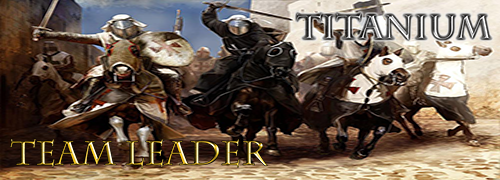
Originally Posted by
ToxicKilla

Sergeants (sergeants-at-arms) were professional drawn from the lower classes, but not peasants, and existed throughout the medieval period and they were usually cavalrymen or, more commonly, well trained and reasonably equipped infantrymen such as spearmen (like armoured sergeants in the game) or crossbowmen. Men-at-arms however appeared in later parts of the medieval period and basically were heavy cavalrymen or some times heavy infantrymen that were drawn from what we'd call the middle class and minor-nobility and were also professional soldiers. I imagine they'd be better trained than Knights too seeing as they don't have that many other duties to tend to.




 Reply With Quote
Reply With Quote













